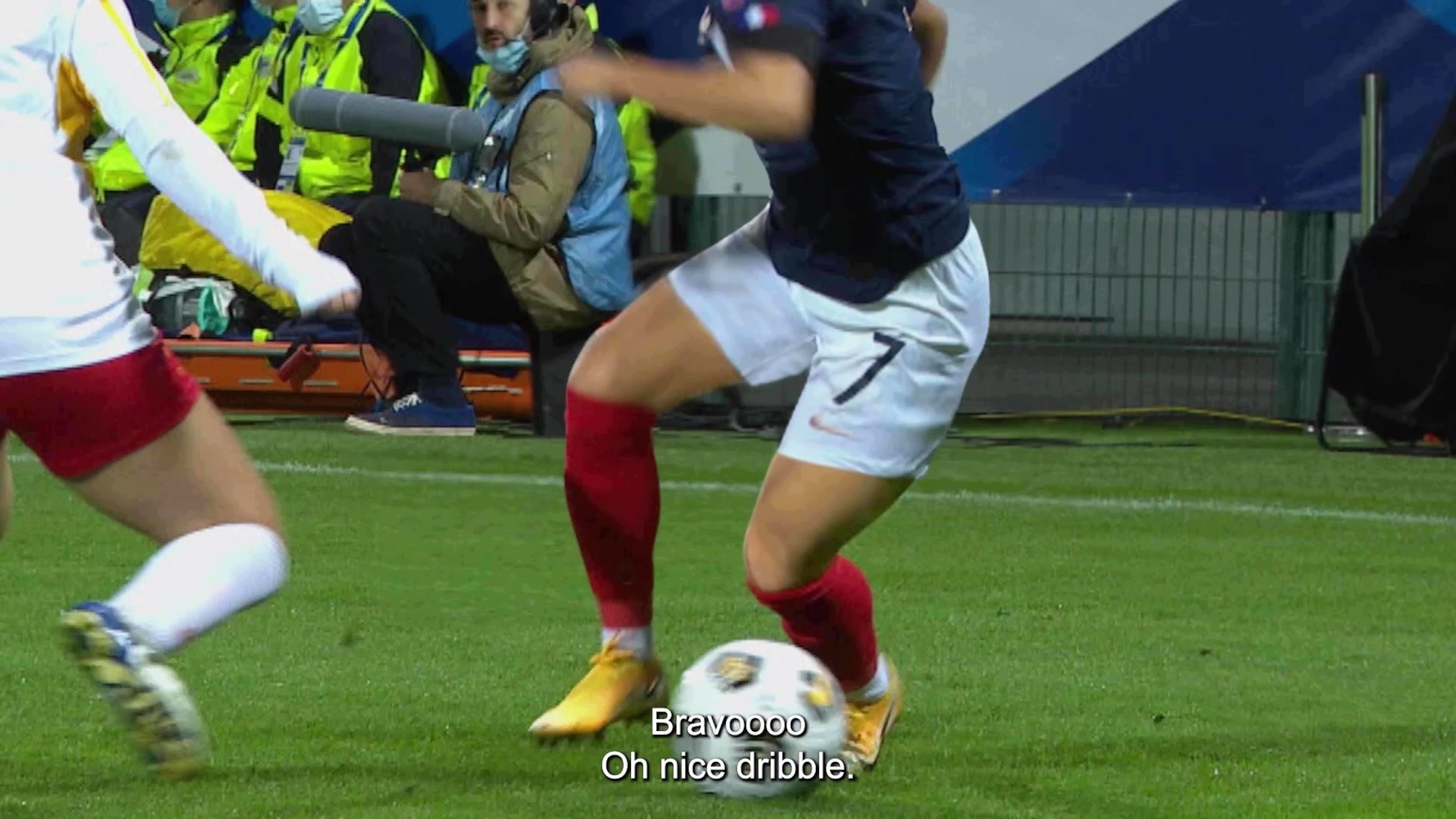Film > Innovation in Film
TOUCH
HOWATSON+COMPANY, Sydney / MASTERCARD / 2024
Awards:


Overview
Credits
Overview
Why is this work relevant for Film?
‘TOUCH’ is motion picture, created through Dolby 7.1 surround, to be enjoyed in a packed cinema, with your family and friends. The only difference is that the story is told solely through sound, with no pictures. It’s an innovative experimental film that challenges what movies can be and who they should be made for.
Please provide any cultural context that would help the Jury understand any cultural, national or regional nuances applicable to this work.
For those who are blind of have low vision, the cinema experience is an afterthought. Many are given headphones that play ‘audio descriptions’ – a robotic narration of what’s happening on the screen that they can’t see. Others rely on sighted friends to explain what’s happening on screen. Some just listen to the movie, trying to piece together the plot without seeing the visuals.
While these methods allow the blind and low vision community to attend cinemas, they create a compromised, isolated experience that’s not truly inclusive.
At the same time, the film and entertainment industry is incredibly difficult for this community to break into. They aren’t given the same opportunities or allowances for their different ways of navigating the world.
Write a short summary of what happens in the film
500 million people visit the movies every year. Yet for those who are blind or have low vision (BLV), the experience is an afterthought. To launch the accessible Touch Card, Mastercard created an inclusive cinema experience that was truly priceless.
TOUCH is a feature-length motion picture without pictures. Brought to life solely through Dolby 7.1 sound, without images or audio descriptions. Made so all audiences can enjoy the magic of cinema together, no matter their level of vision.
It follows an original story of a neuroscientist trapped inside his father’s mind, along with his ex-girlfriend and an unsuspecting delivery driver. To escape, they must journey through crumbling memories and forgotten worlds.
This film was developed in collaboration with consultants, sound designers composers, writers and actors from BLV communities across the world – alongside award-winning filmmakers.
Background:
Breaking down barriers and making the world more inclusive is part of Mastercard’s brand ambition. Their new Touch Card features unique tactile notches to make payment easier for the blind and low vision community.
With millions of new Touch Cards rolled out to Australian consumers, Mastercard wanted people to understand that these cards were not just a new design idea, but were created to make a material difference for people who are blind or low vision. The task was to educate consumers at mass scale about this card, while creating a conversation about designing the world for everyone. So, we decided to bring the thinking behind Touch Card to life in a new way, and redesign another experience that had traditionally catered to the sighted community: cinema.
Describe the Impact:
After one premiere, ‘TOUCH’ garnered +AUD $10million in earned media coverage, reaching 74+ million people with a 12.5% ROI. But this is just the start. ‘TOUCH’ has been submitted to film festivals globally, including Cannes, Venice and SXSW. Importantly, the production learnings from TOUCH have been turned into a lesson module and shared with dozens of top-tier film schools around the world, giving future filmmakers a blueprint to make more inclusive productions. These include NIDA, UCLA, LA film school, London Film Academy, PRATT School of Art, American Film institute, New York Film Academy and more.
Additionally, the production of TOUCH employed 34 people who are blind or low vision, giving them access to the film industry, where they’ve been traditionally overlooked.
Explain how the work innovatively used the film medium.
Many people who are blind or have low vision enjoy going to the cinema, but they rely on ‘audio descriptions' to follow what’s happening on screen. While this method allows the BLV community to attend cinemas, it creates a compromised/isolated experience that’s not truly inclusive.
By bringing together non-sighted and sighted sound designers, composers, actors & writers, we were able to reinvent the cinema experience through sound. Together, we wrote an audio-first screenplay – refined by engaging recurring blind and low vision focus groups. Our sound team used spatial panning, subharmonics, original foley and more to turn each scene into an immersive sonic environment that didn’t need to rely on audio descriptions. We even created sonic versions of classic film tropes, like montages, close-ups and crash zooms. Meanwhile, our team of musicians, spanning Berlin/Sydney/Mongolia worked with them to create seventeen original pieces. Resulting in an innovative film unlike any other.
More Entries from TV/Cinema Film in Film
24 items
More Entries from HOWATSON+COMPANY
24 items
























